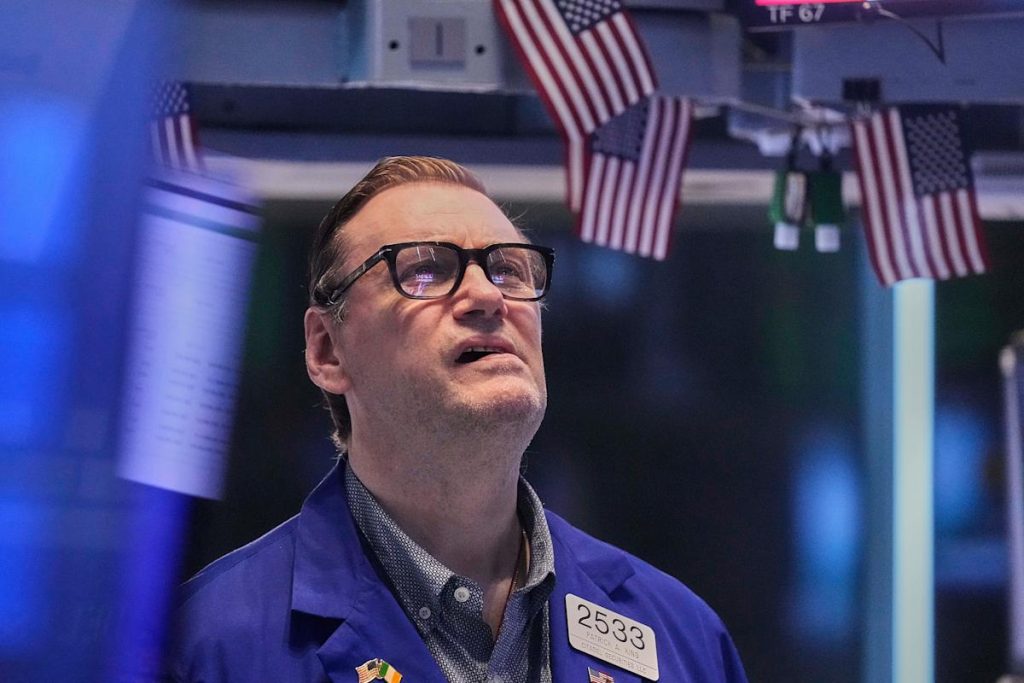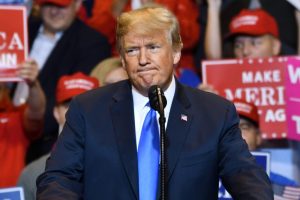
Wall Street extended its gains to a ninth straight day Friday, marking the stock market’s longest winning streak since 2004 and reclaiming the ground it lost since President Donald Trump escalated his trade war in early April.
The rally was spurred by a better-than-expected report on the U.S. job market and resurgent hope for a ratcheting down in the U.S. trade showdown with China.
The S&P 500 climbed 1.5%. The Dow Jones Industrial Average added 1.4%, and the Nasdaq composite rose 1.5%.
The gains were broad. Roughly 90% of stocks and every sector in the S&P 500 advanced. Technology stocks were among the companies doing the heaviest lifting. Microsoft rose 2.3% and Nvidia rose 2.5%. Apple, however, fell 3.7% after the iPhone maker estimated that tariffs will cost it $900 million.
Banks and other financial companies also made solid gains. JPMorgan Chase rose 2.3% and Visa closed 1.5% higher.
Employers added 177,000 jobs in April. That marks a slowdown in hiring from March, but it was solidly better than economists anticipated. However, the latest job figures don’t yet reflect the effects on the economy of President Donald Trump’s across-the-board tariffs against America’s trading partners. Many of the more severe tariffs that were supposed to go into effect in April were delayed by three months, with the notable exception of tariffs against China.
“We’ve already seen how financial markets will react if the administration moves forward with their initial tariff plan, so unless they take a different tack in July when the 90-day pause expires, we will see market action similar to the first week of April,” said Chris Zaccarelli, chief investment officer for Northlight Asset Management.
The S&P 500 slumped 9.1% during the first week of April as Trump announced a major escalation of his trade war with more tariffs. The market has now clawed back its losses since then, helped by a string of resilient earnings reports from U.S. companies, hopes for de-escalation of trade tensions with China and expectations that the Federal Reserve will still be able to cut rates a few times this year.
The benchmark index is still down 3.3% so far this year, and 7.4% below the record it reached in February.
All told, the S&P 500 rose 82.53 points to 5,686.67. The Dow gained 564.47 points to 41,317.43, and the Nasdaq added 266.99 points to 17,977.73.
The job market is being closely watched for signs of stress amid trade war tensions. Strong employment has helped fuel solid consumer spending and economic growth over the last few years. Economists are now worried about the impact that taxes on imports will have on consumers and businesses, especially about how higher costs will hurt hiring and spending.

